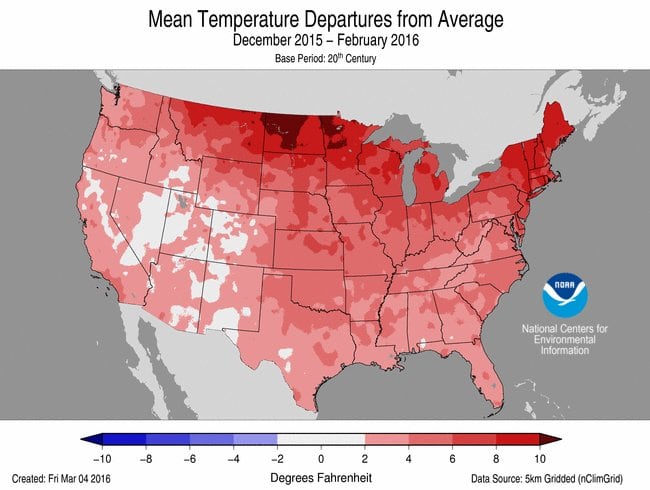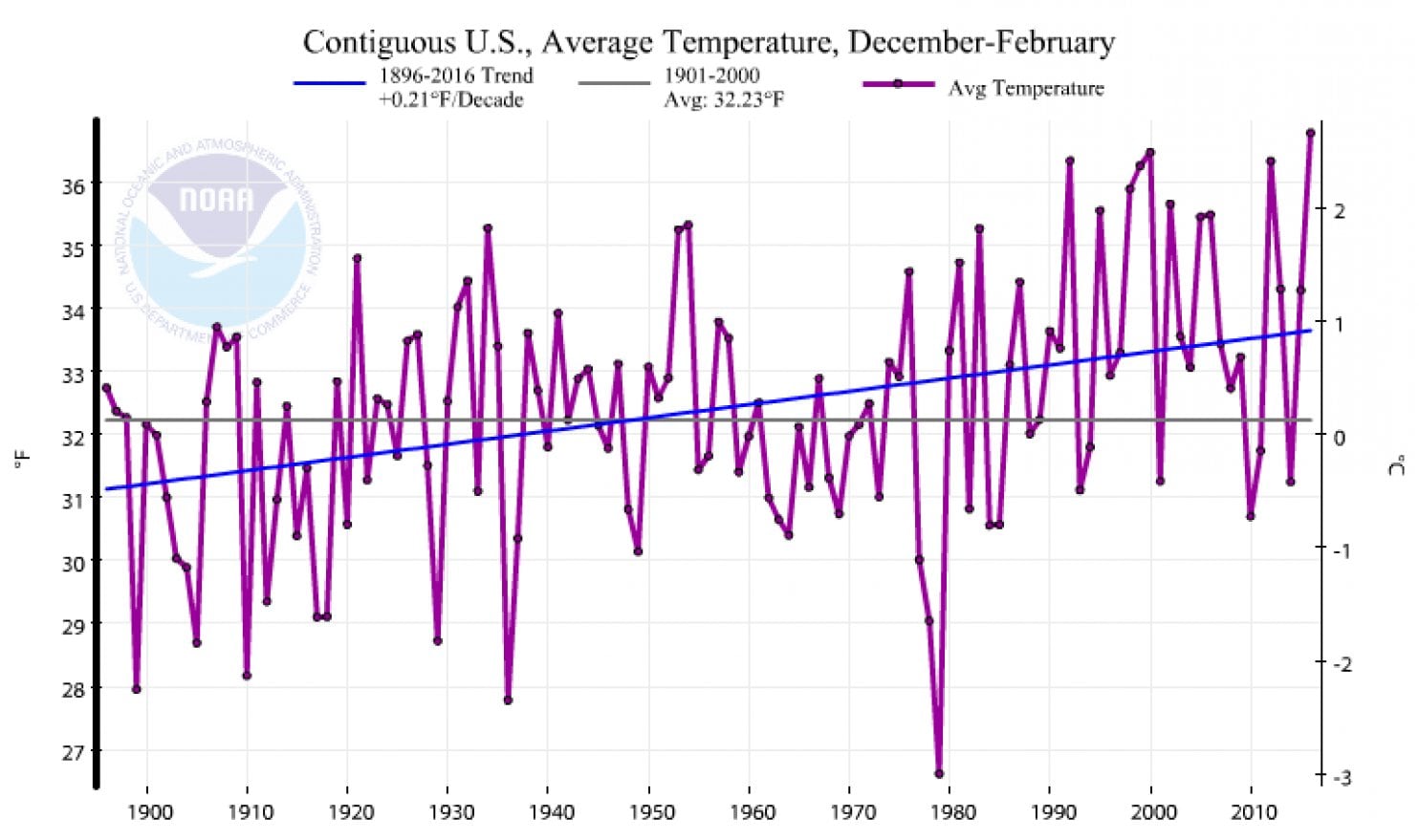Your cart is currently empty!
A Year Without Winter

The correlation between the amount of coal burnt and temperature is often strong and highly linear. In cooler times, more coal is burnt to warm homes and workplaces. In hotter times less energy and therefore coal is used, also resulting in reduced levels of fly ash (FA).
This year North America’s winter rewrote the record books and was the hottest winter period ever documented. With temperatures averaging more than 5 degrees over the 20th century average. What does this mean for concrete manufactures and other FA users? Will FA availability remain constant even after Americas warmest winter on record? Experts working with the valuable resource are confident it will.
At the annual general meeting of the American Coal ash Association (ACAA), in early June, Bill Palmer, along with several other speakers, discussed the concerns of the coal industry competition, the unprecedented temperature spike, natural gas and how these issues are prompting the closure of plants and ash ponds around America. However, despite these worries, experts continue to insist that there is an adequate supply of FA for future applications. Some  may need to be shipped and/or processed to be deemed acceptable for concrete use, but nonetheless it is available.
may need to be shipped and/or processed to be deemed acceptable for concrete use, but nonetheless it is available.
Although America’s warmer winter resulted in a decreased amount of coal being burnt FA utilisation rates remained steady due to its performance and beneficial abilities and enhancing properties when used in concrete.If FA were suddenly not available for the construction industry, the cost of construction and labor would increase as well as CO2 output and completion times of projects both large and small.
If you would like to know more about FA and its applications, head to the ADAA website to find recent news, membership surveys, industry updates and more.
